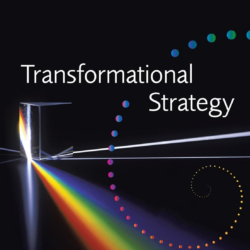Planning an Agenda Item
This process is specifically designed for planning one agenda item: however, the basic structure can work for a whole meeting as well, adding in more tools for each stage. The basic structure follows the ORID thinking process to develop clarity for more, insight, and consensus. A worksheet is available in our Meetings that Work course.
Articulate the Background and Intent of the Agenda Item
Topic:
Describe the topic, highlighting the key concerns to be addressed. What you actually know.
Participants
List participants. Make notes that describe the participants’ history with the topic, styles and experience. Be very objective.
Rational Aim (s)
What results, products or outcomes are necessary?
Experiential Aim (s)
What does the impact on the people need to be?
Design the Stages in the Process
These stages are in a specific order that follows a natural thinking and problem-solving process. They may be accomplished with one tool or method, or there may be a different tool for each stage. Write your own content procedures in detail in each stage, including the words you will use to give the participants instructions.
Introduction
Intent of this stage: Getting the discussion started
E.g. topic, history, purpose, facts, data, understanding of information
Basic information
Intent of this stage: Laying the foundation for discussion with the information needed
E.g. concrete starting point, facts, data, understanding of information
Experience
Intent of this stage: Expressing initial, personal reactions, associations and feelings
E.g. reactions, responses, feelings, associations, connections with related ideas and topics
Substance
Intent of this stage: Discussing the major ideas, dealing with the heart of the topic.
E.g. analysis, synthesis, weighing options, establishing criteria, examining implications and direction
Choices / Decisions
Intent of this stage: Choices and decisions are made – consensus is articulated.
E.g. conclusions, decisions, choices, consensus, next steps, priorities, assignments, action plans, budgets
Conclusion
Intent of this stage: Bringing the event to closure.
E.g. topic, history, purpose, facts, data, understanding of information
Test the Design
Walk through all the steps in the process, as if you are leading them. If there are awkward parts or gaps, pay attention to them and adjust the design.






